Did you see any signs of this before the plant was repotted? Blackening of the leaves in this manner wouldn’t be caused by insects, so we can put that aside for now. Such symptoms could be caused by fertilizer burn, contact with other products, nutritional issues or fungus. Of all of these, the most likely would be fertilizer burn or contact with other garden or household products. Did you fertilize when you repotted? If so, might you have used fertilizer that was mixed too strong, or applied fertilizer to a thirsty plant? If you think that this is possible, I’d say that this is fertilizer burn. Might there have been window cleaner, or a plant spray that hit the leaves? Could it have gotten drift from another cleaning product or was a pesticide applied?
It’s impossible to diagnose a fungal problem or nutritional deficiency from a photo alone – you’d need a lab culture or soil analysis for this.
But the bottom line, that you want to know is, what do you do now? 1. Be sure the plant’s new pot has a drainage hole and that there isn’t any other stuff (rocks, shards, screening) covering that drainage hole. No matter what our mothers told us, nothing should be in a pot but potting soil and the plant. 2. Keep soil evenly moist – not swampy or sitting in a saucer of water and not drying out between waterings. 3. If you think too much fertilizer or contact with another product is a possibility, flush the soil well with lots of water by placing the plant in a sink or shower and running room-temperature water though the pot for awhile. The plant will shed any such damaged leaves but as long as the stems didn’t get burned too much it will recover. 4. Place in a bright location but not right next to a southern window – in an eastern window is fine, or a foot or two out from a western or southern window. 4. In late May you can put this outside in a morning sun afternoon shade location if you have one – water every two or three days depending on the temperature outside.
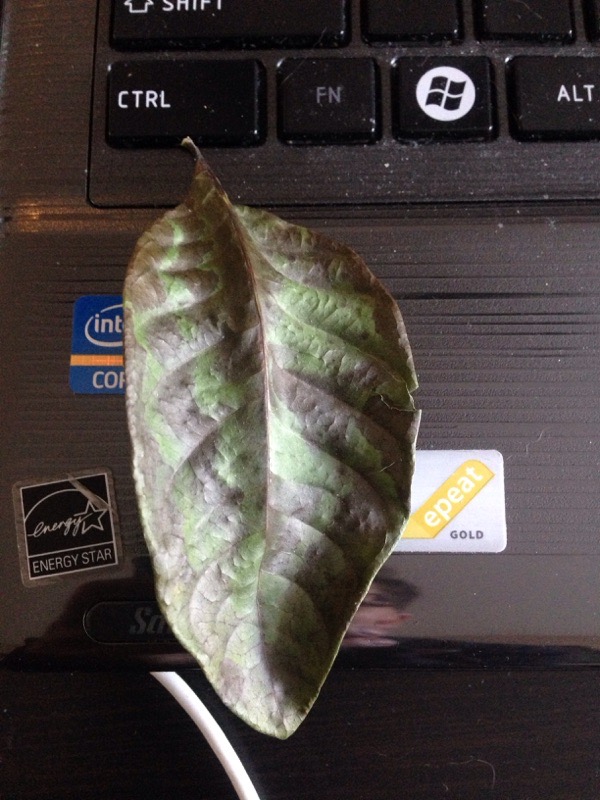
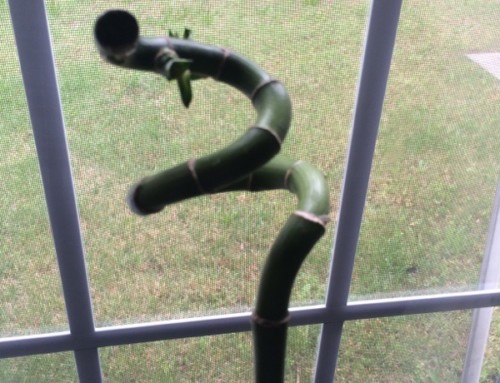
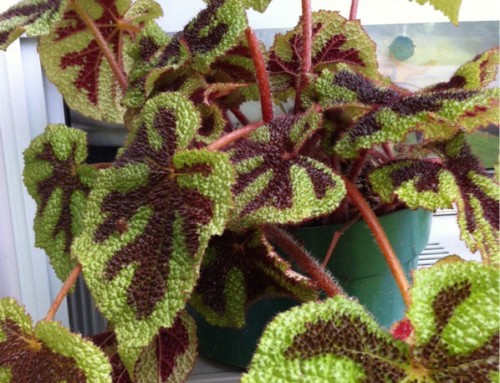
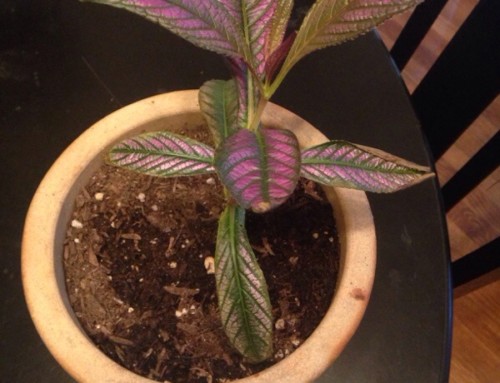
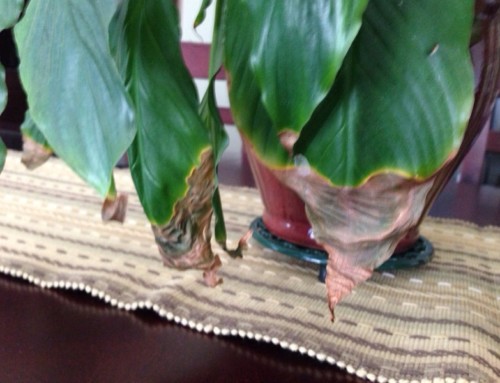
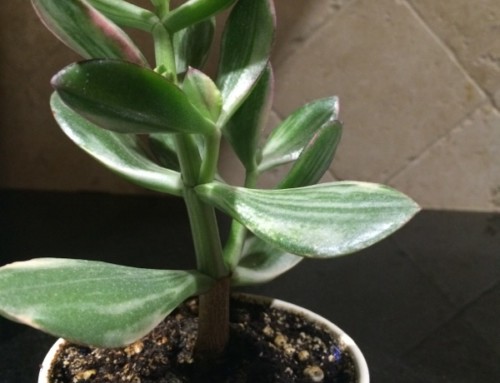
Leave A Comment